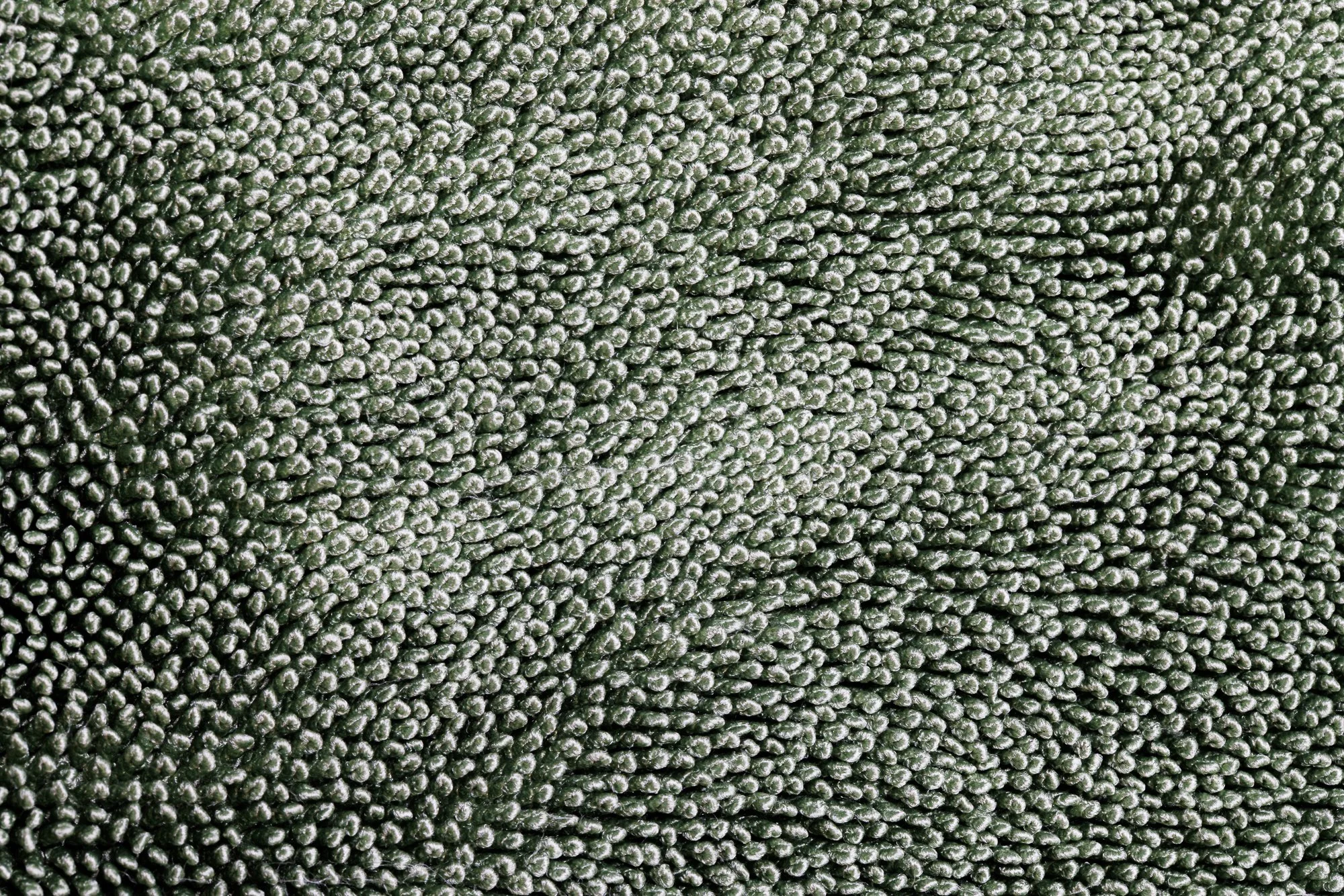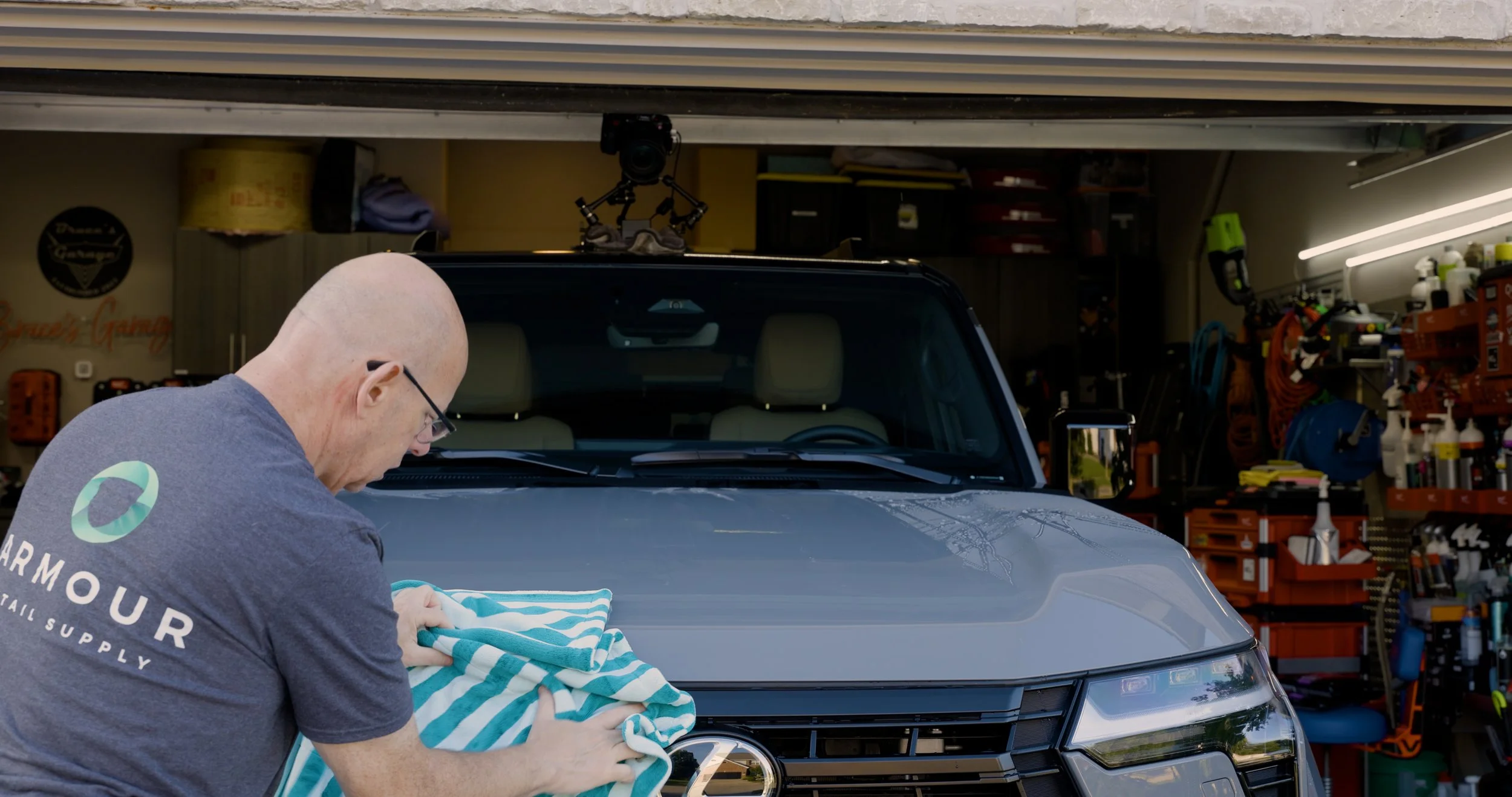Bruce’s Guide to Choosing the Perfect Microfiber Car Drying Towel
Introduction
Few things compare to the satisfaction I feel when I can detail a car and watch it transform by removing the daily grime to seeing it shine under the sunlight, free from water spots and streaks. As a car enthusiast—and someone who appreciates a flawless finish—I know that achieving that look starts with the right tools. Near the top of my list is the humble yet mighty microfiber car drying towel. Don’t reach for that old terrycloth bath towel or an old t-shirt! The world of microfiber towels is vast and nuanced, with different materials, weaves, thicknesses, and sizes all affecting performance and your experience. In this guide, I’ll unlock the secrets to selecting the perfect microfiber car drying towel for you so you can keep your vehicle looking its absolute best.
Why Microfiber?
Before I dive into the selection process, it’s important to share why I believe microfiber has become the gold standard for car drying. Microfiber is a synthetic blend, usually of polyester and polyamide (nylon), woven into ultra-fine threads. A single microfiber is thinner than a human hair, allowing the towel to lift and trap dirt, water, and debris more effectively than cotton or chamois. This means I’m less likely to scratch my paintwork and can benefit from a superior ability to absorb water, leaving my car dry and streak-free.
Key Factors When Selecting My Microfiber Car Drying Towel
There are several characteristics of towels that you should consider when purchasing: GSM, Size, Fabric Mix, Weave, and Origin.
1. GSM: Grams Per Square Meter
Grams per square meter (GSM) measures the density of the fabric. The denser the fabric, the heavier the towel is and potentially more absorbent. But every density has a purpose and not all are best for drying large surfaces.
Low GSM (200-350): These lightweight, thinner towels are generally better for cleaning interiors or glass rather than drying large surfaces, as they don’t hold as much water.
Medium GSM (350-600): These are not generally suited well for drying. While they have a bit higher GSM, often they are better for other tasks including glass cleaning, removing polishes/waxes, and buffing to a shine.
High GSM (600-2000+): These are the target for drying vehicles due to the plush, heavyweight density that can soak up significant amounts of water. They’re ideal for drying vehicles and minimizing the risk of scratches or swirl marks. But as these towels have higher GSM, they can become difficult to work with when wet.
2. Size
The size of your towel matters more than you might think. Larger towels (20” x 30” or more) can dry a greater surface area in one pass, which means less time and effort. However, very large towels can become unwieldy, especially when soaked. For sedans and smaller vehicles, a 16” x 28” towel may suffice, while SUV and truck owners may prefer towels up to 30” x 35”.
I prefer to use two different sized towels when drying: one larger (no bigger than 30 x 35) for drying the large flat surfaces of the hood and roof, and a smaller more manageable size (20 x 20 or so) for side panels. I am starting to even enjoy using a small towel (8 x 14) to dry the front grille and door jambs. But certainly that isn’t a requirement.
I also exclusively use The Rag Company’s Gauntlett (12 x 12) for drying my wheels. It’s super small and I know this sized towel is used exclusively (for me) on my wheels. This prevents any mishaps from using the same towel on wheels and paint (don’t do that!).
3. Fabric Mix: Polyester to Polyamide
Microfiber towels are made from a blend of polyester (which provides structure and scrubbing power) and polyamide (which increases softness and absorbency). Common blends include 80/20 (polyester/polyamide) and 70/30. Generally, 70/30 blend has always been considered the “premium” mix of a high quality microfiber towel. This is usually my starting point, but recently I’ve used a few towels with 75/25 or even 80/20, and haven’t really noticed a performance difference. I do not use any microfiber for auto detailing that is not at least 20% polyamide.
4. Weave Type: Plush, Twist Loop, Micro-twist, Hybrid
The weave, or the way in which the microfiber fibers are arranged, impacts how the towel performs.
Plush Weave: Thick and soft, excellent for drying and buffing. Plush towels are gentle on paint and best for final drying. (Everest Ultra Plush, The Rag Company)
Twist Loop Weave: This is the typical drying towel and is characterized by twisted strands of microfiber. They offer incredible absorbency and glide smoothly over surfaces. (Liquid8r, The Rag Company)
Micro-Twist: This is becoming my favorite for drying which features an extremely short fiber that eliminates the risk of snagging the loop on any surface, such as vehicle emblems. (Quivr, Not a Beach Towel, THOR)
Hybrid Weave: This towel may have different weaves on each side (Clean. By Pan the Organizer drying towel) or have a mix on the same side (Gauntlett, The Rag Company)
5. Origin: Source of Fabric
South Korean microfiber fabric and production facilities are considered the gold standard. However, this doesn’t mean simply because it’s made in South Korea it’s the best or the opposite, if it’s not it must be no good. However, generally, I choose South Korean microfiber towels. I recently tried The Rag Company’s new Liquid8r M22, which is made in China, but they have stated the fabric is from South Korea. I really liked this towel (twist loop, 20 x 20), so while I suggest South Korean towels are the choice, be open minded and explore.
Care and Maintenance
Now that you’ve invested in some high quality microfiber, make sure you provide the proper care and maintenance to get the most out of its life. Always use a dedicated microfiber detergent, such as P&S Rags to Riches or Detail Co. Renaissance. Wash your microfiber towels separately from all other fabrics, avoid any fabric softener, and wash with a cold water. Air drying is ideal, but tumble dry on low heat is fine—do not use anything with high heat as it will melt the microfiber.
Conclusion
Selecting the right microfiber car drying towel is both a science and an art. By considering factors like GSM, blend ratio, weave type, size, and where it’s made, you’ll be selecting the right towel for you and your vehicle. Not only will this protect your paintwork from unsightly scratches and swirls, but it will also make the drying process more efficient and enjoyable. As with all things car care, investing in quality pays dividends in the glossy finish that greets you every time you step outside.
And remember, go out in your garage and just have fun detailing.
Related Products (Affiliate purchase links)
Autofiber Dreadnought Max XL, Car Supplies Warehouse
Autofiber Dreadnought 20 x 30, Car Supplies Warehouse
The Rag Company Gauntlet 20 x 30, Car Supplies Warehouse
The Rag Company Gauntlet, 12 x 12, Car Supplies Warehouse
The Rag Company Liquid8r M22, Amazon
P&S Rags to Riches Microfiber Detergent, Car Supplies Warehouse



